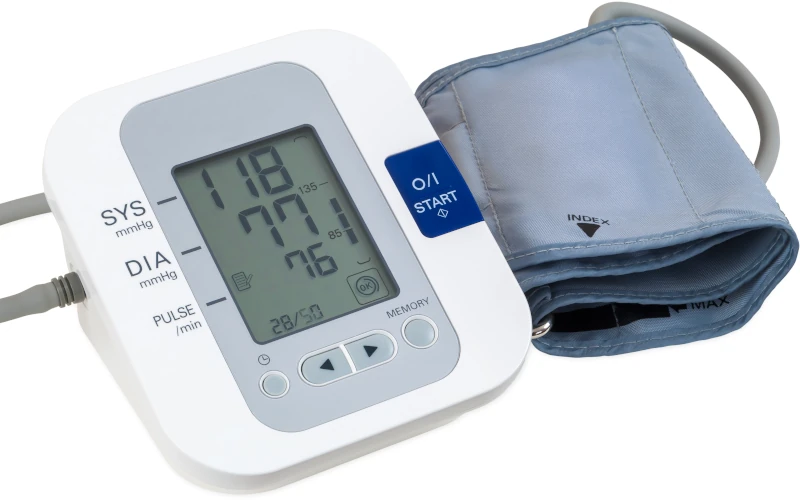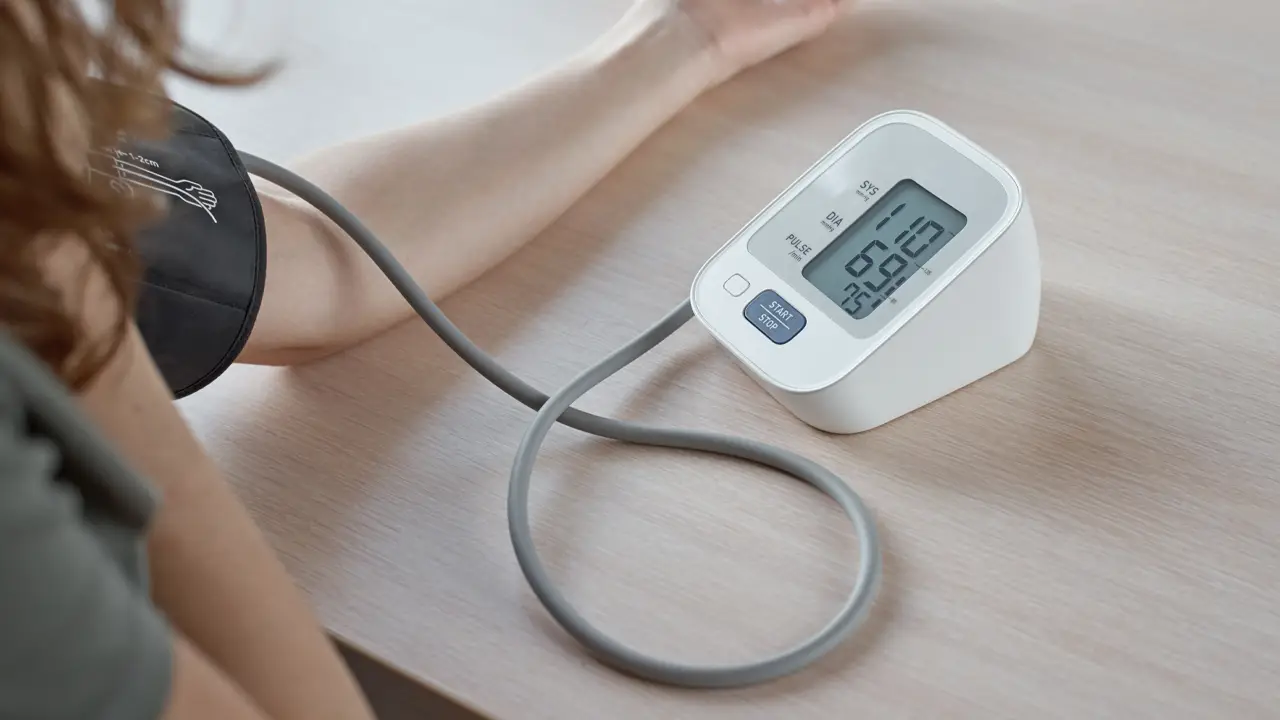Blood pressure is an essential measure of the force of your blood pushing against the walls of your blood vessels. It indicates how much pressure your blood is under as your heart pumps blood throughout your body. Understanding blood pressure is crucial for maintaining good health, as high blood pressure can lead to serious health issues such as heart disease and stroke. This article will explore what is considered a good blood pressure reading and provide information on how to manage your blood pressure to ensure a healthy life.
Understanding Blood Pressure
Blood pressure is measured using a sphygmomanometer, consisting of an inflatable cuff and a pressure gauge. The cuff is wrapped around the upper arm and inflated until it stops blood flow. As the air is released, the gauge measures the pressure in the arteries.
Blood pressure is recorded in two numbers: systolic and diastolic. Systolic pressure is the pressure in the arteries when the heart is contracting and pumping blood. Diastolic pressure is the pressure in the arteries when the heart rests between beats.
A normal blood pressure reading is usually around 120/80 mm Hg. The first number represents the systolic pressure, and the second represents the diastolic pressure.
Blood pressure readings are categorized into four main categories: normal blood pressure, elevated blood pressure, stage 1 hypertension, and stage 2 hypertension.
Understanding your blood pressure reading is essential to managing your health. Knowing your blood pressure numbers can help you make lifestyle changes to maintain healthy blood pressure or seek medical attention if your blood pressure is consistently high or low. Using a blood pressure chart to monitor your blood pressure and identify any changes over time is also essential.
Normal Blood Pressure
A normal blood pressure reading is when your systolic pressure is less than 120 mm Hg, and your diastolic pressure is less than 80 mm Hg. This means that your blood flows through your blood vessels at a healthy rate, and your heart is not working too hard to pump blood.
Maintaining normal blood pressure is essential, as it reduces your risk of developing high blood pressure, heart disease, and stroke. You can keep your blood pressure within the normal range by making lifestyle changes such as eating a healthy diet, exercising regularly, maintaining a healthy weight, reducing stress, and limiting alcohol and tobacco use.
Suppose you have a normal blood pressure reading. In that case, it is still important to regularly check your blood pressure, especially if you have a family history of high blood pressure or other risk factors for heart disease. You can check your blood pressure at home using a blood pressure cuff or at your doctor’s office. By monitoring your blood pressure, you can catch any changes early and take action to maintain healthy blood pressure.
High Blood Pressure
High blood pressure, also known as hypertension, is when your blood pressure is consistently above the normal range. This means your heart is working harder to pump blood, and the increased pressure can cause damage to your blood vessels over time.
High blood pressure is a severe condition that can increase your risk of developing heart disease, stroke, and other health problems. Risk factors for high blood pressure include obesity, smoking, stress, a family history of high blood pressure, and a diet high in sodium.
If you have high blood pressure, your doctor may recommend lifestyle changes such as losing weight, reducing sodium intake, exercising regularly, and quitting smoking. In some cases, medication may also be necessary to control high blood pressure. It’s essential to monitor your blood pressure periodically and work with your doctor to manage your high blood pressure.

Low Blood Pressure
Low blood pressure, also known as hypotension, is when your blood pressure is consistently lower than the normal range. This means your heart is not working as hard to pump blood, and the decreased pressure can sometimes cause dizziness, lightheadedness, and fainting.
While low blood pressure is generally not a concern for most people, it can be a symptom of an underlying health problem, such as dehydration, heart problems, or endocrine disorders. Certain medications, such as those used to treat high blood pressure or heart conditions, can also cause low blood pressure as a side effect.
The American Heart Association defines low blood pressure as a systolic pressure of less than 90 mm Hg or a diastolic pressure of less than 60 mm Hg. However, what is considered “too low” can vary from person to person, depending on their circumstances.
Talk to your doctor if you have low blood pressure symptoms or are concerned about your blood pressure readings. They may recommend lifestyle changes or medication to manage your blood pressure and any underlying health conditions.
DrKumo Continuous Real-Time Remote Patient Monitoring Technology Keeping Blood Pressure Under Control
In addition to regular check-ups with a healthcare provider, remote patient monitoring can effectively track blood pressure readings and detect changes that may require medical attention. Remote patient monitoring allows patients to take their blood pressure readings from home and share the data with their healthcare providers. This enables them to receive personalized care and support, regardless of location.
DrKumo, a user-friendly solution powered by our state-of-the-art, HIPAA-compliant, mobile-enabled, continuous real-time monitoring, and AI/ML engine, allows patients to monitor their blood pressure from their homes and provides real-time intelligence to healthcare practitioners for timely intervention. By utilizing DrKumo remote patient monitoring technology, healthcare providers can detect changes in blood pressure earlier and intervene before complications arise. This can lead to more effective management of hypertension and other conditions, resulting in better patient health outcomes. By working closely with healthcare providers and using technology to track blood pressure readings, individuals can take control of their health and reduce the risk of serious complications.
Takeaway
Understanding blood pressure and what is considered a good reading is essential for maintaining good health. Suppose you are concerned about your blood pressure. In that case, it’s necessary to check it regularly and work with your healthcare provider to develop a plan to manage and maintain healthy blood pressure levels. Taking proactive steps to monitor and control your blood pressure can reduce the risk of severe health complications and maintain good overall health.
Work with your healthcare provider to develop a plan to manage and maintain healthy blood pressure levels. Contact us now!








